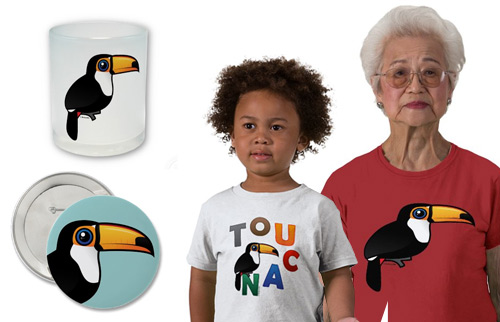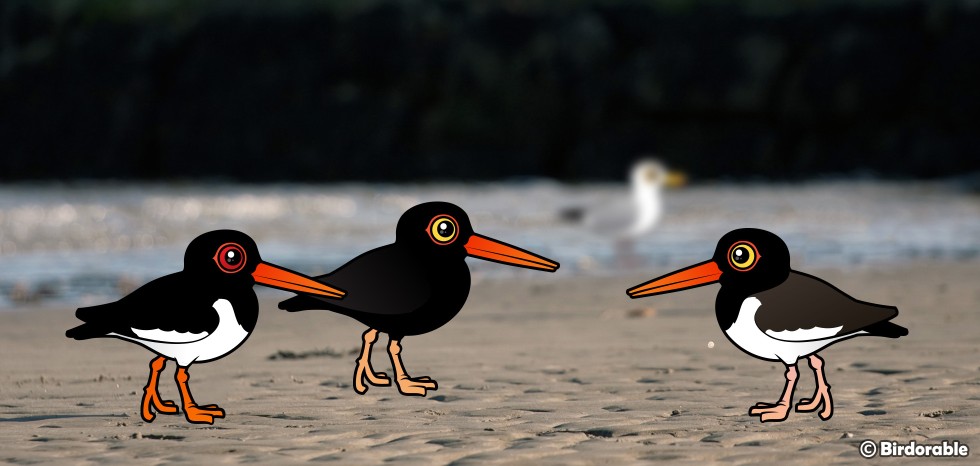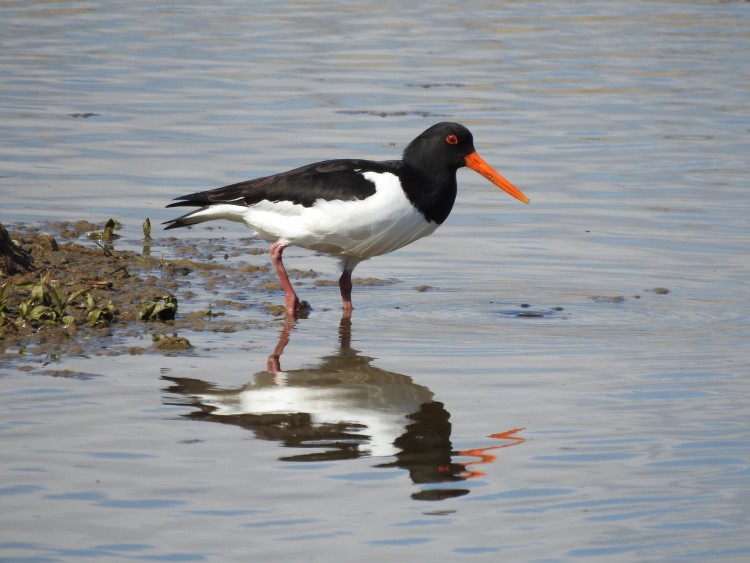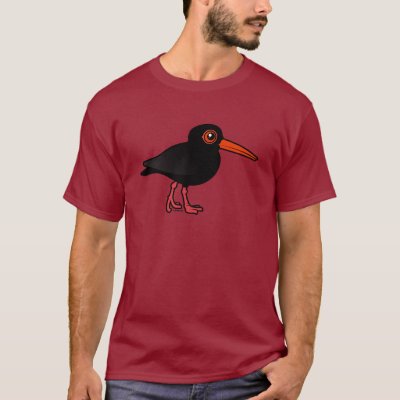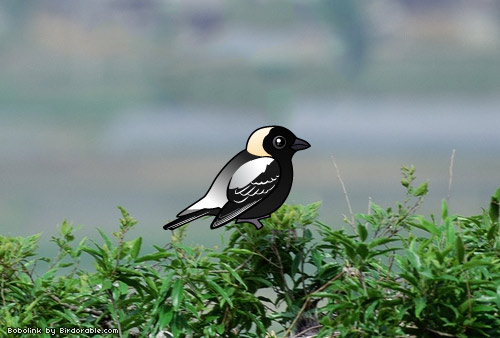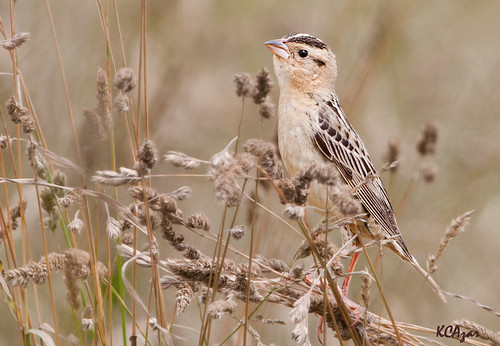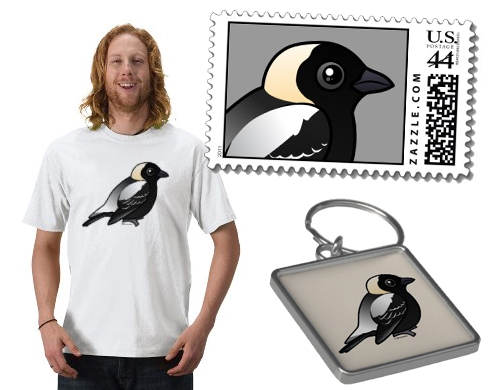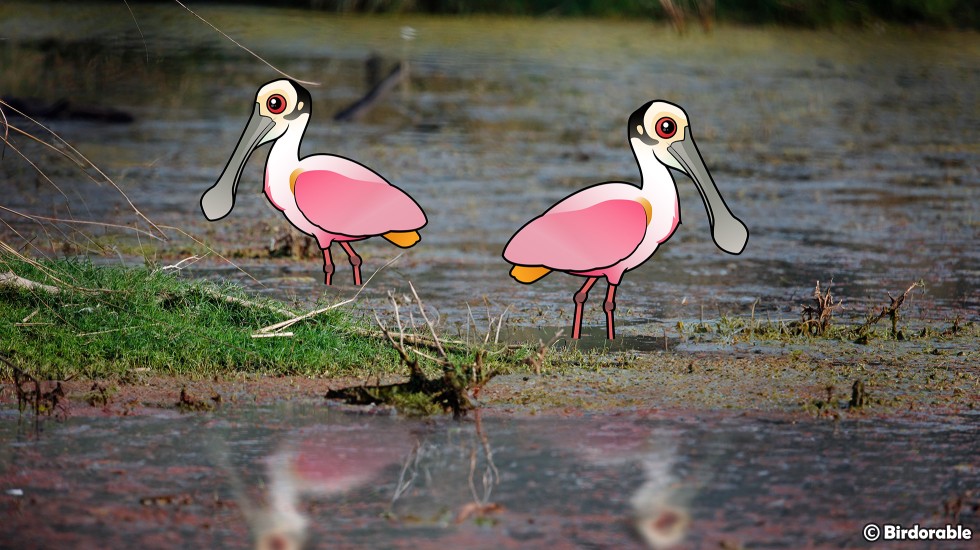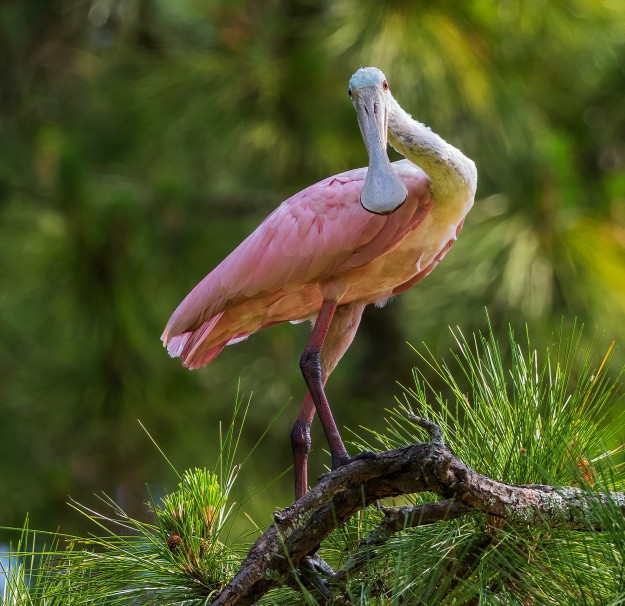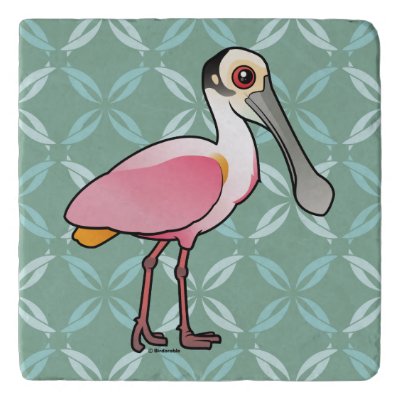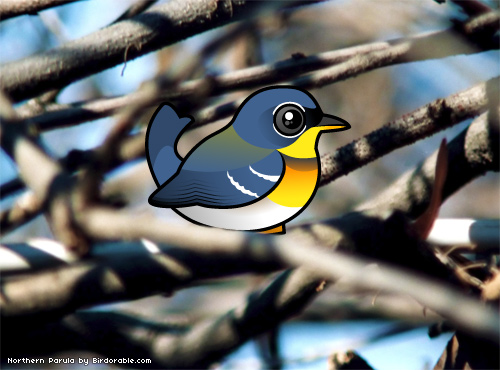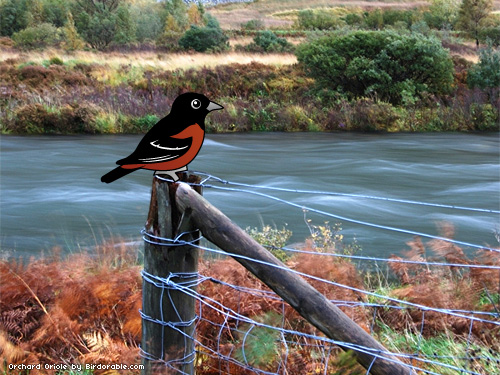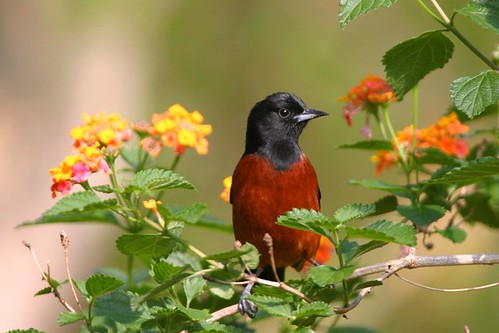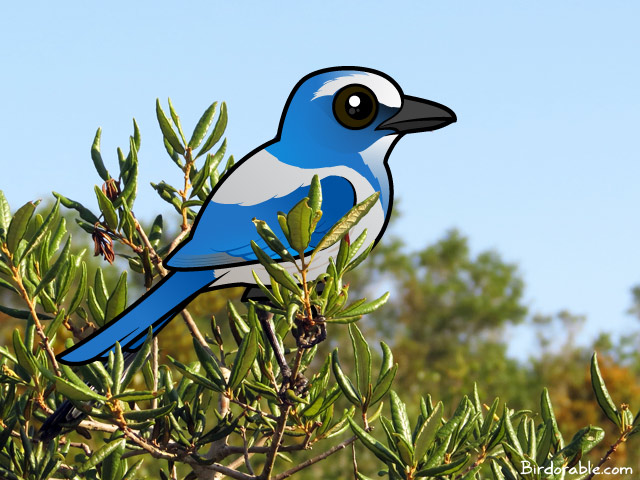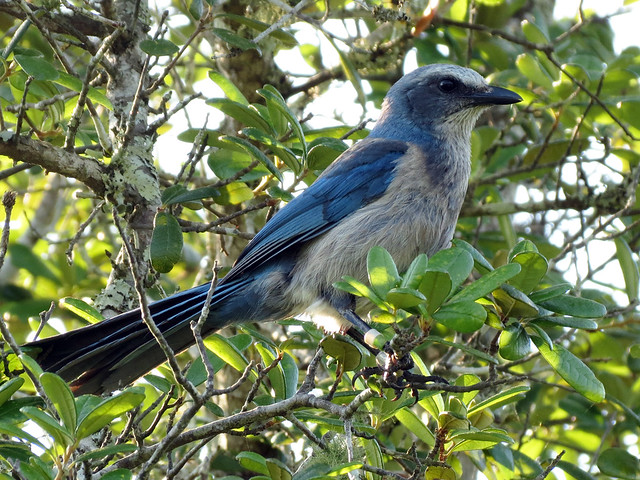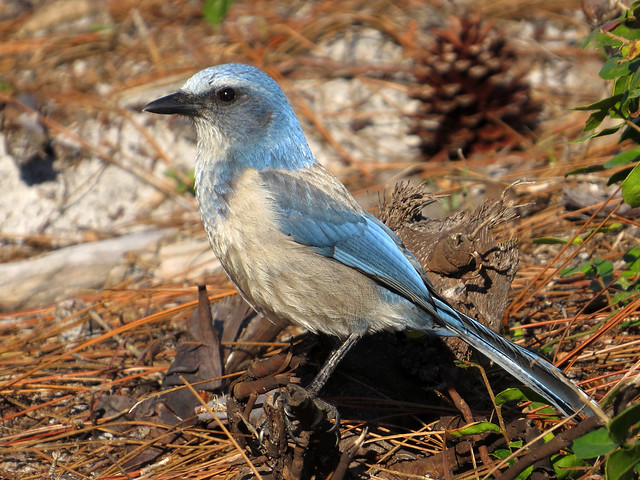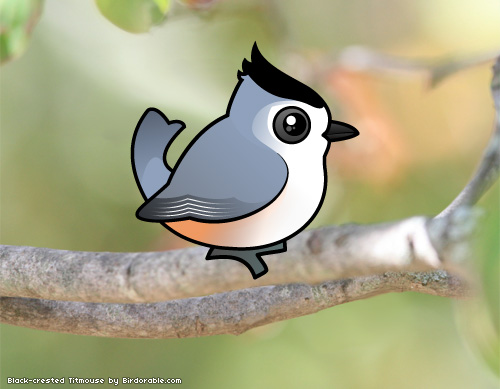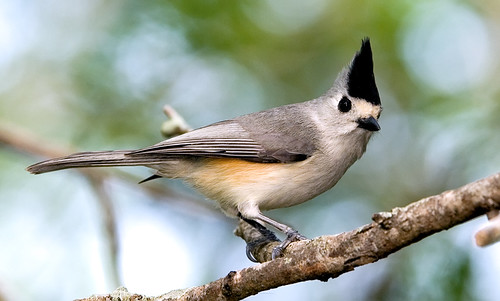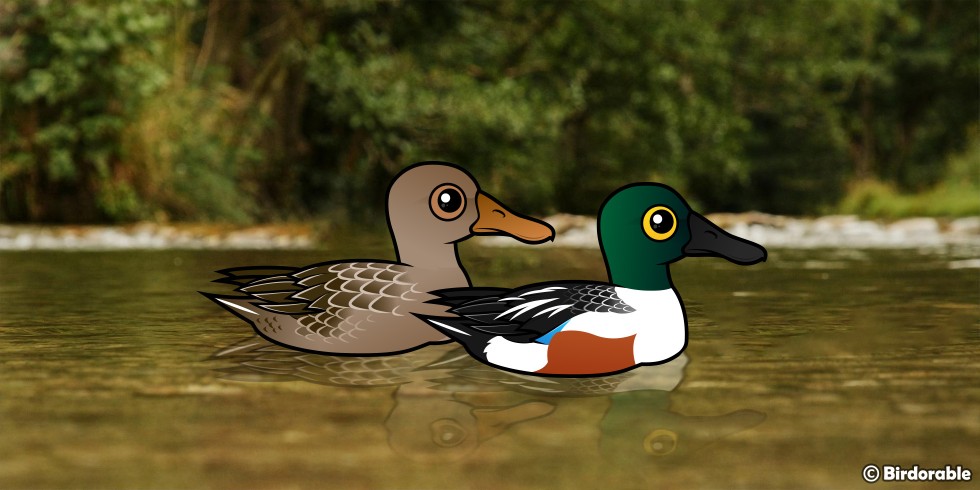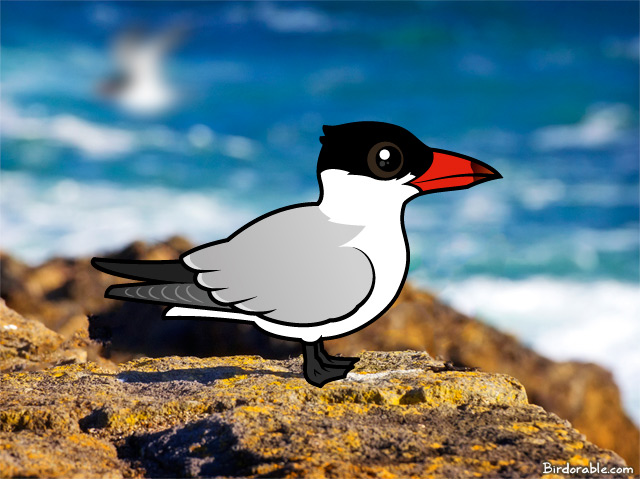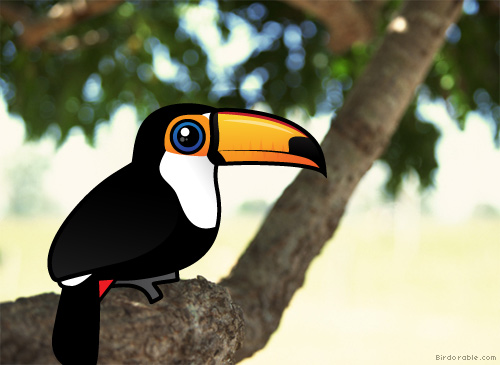
With its massive orange-yellow bill, the Toco Toucan is one of the most recognized birds in the world. Here are some interesting facts about the Toco Toucan and its amazing bill.
- The Toco Toucan is the largest species of toucan in the world. There are about 40 species of toucan in total.
- The bill of the Toco Toucan is nearly 8 inches long. Its tongue is not much shorter - that's a long tongue!
- A toucan's bill is largely hollow, with a boney structure similar to that of a sponge. It may look like a formidable weapon, but its use as a defensive aid is more psychological (intimidation) than physical.
- Up to 50% of a Toco Toucan's total body surface area can be found in its bill.
- Toco Toucans use their massive bills to skin fruit and to grab hard-to-reach food items.
- Toucan bills may help the birds regulate heat; the large surface area of the bill radiates heat away from the bird's body in their warm tropical environment.
- A Toco Toucan can live up to 20 years in the wild.
- Toco Toucans are cavity nesters. Can you imagine this amazing bird using its bill to hollow out a tree cavity for its nest?
If you can't get enough of Toco Toucans, be sure to check out Birdorable's selection of Toco Toucan t-shirts and gifts!
